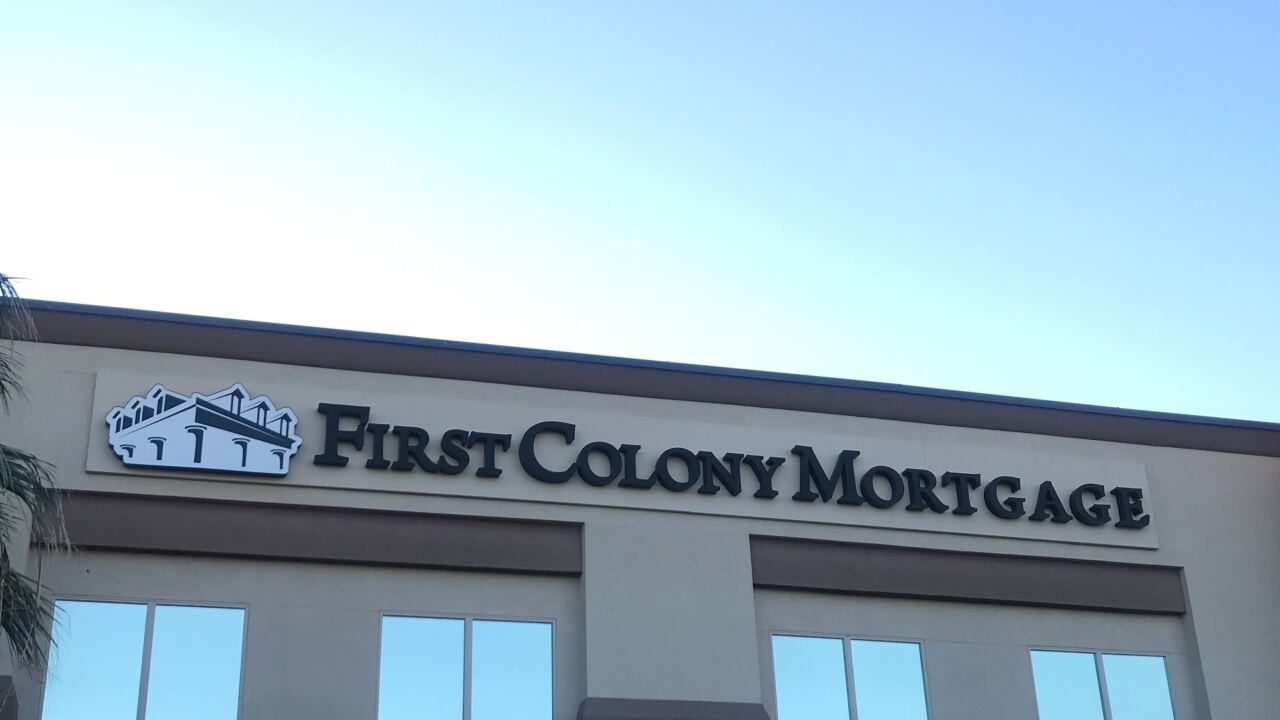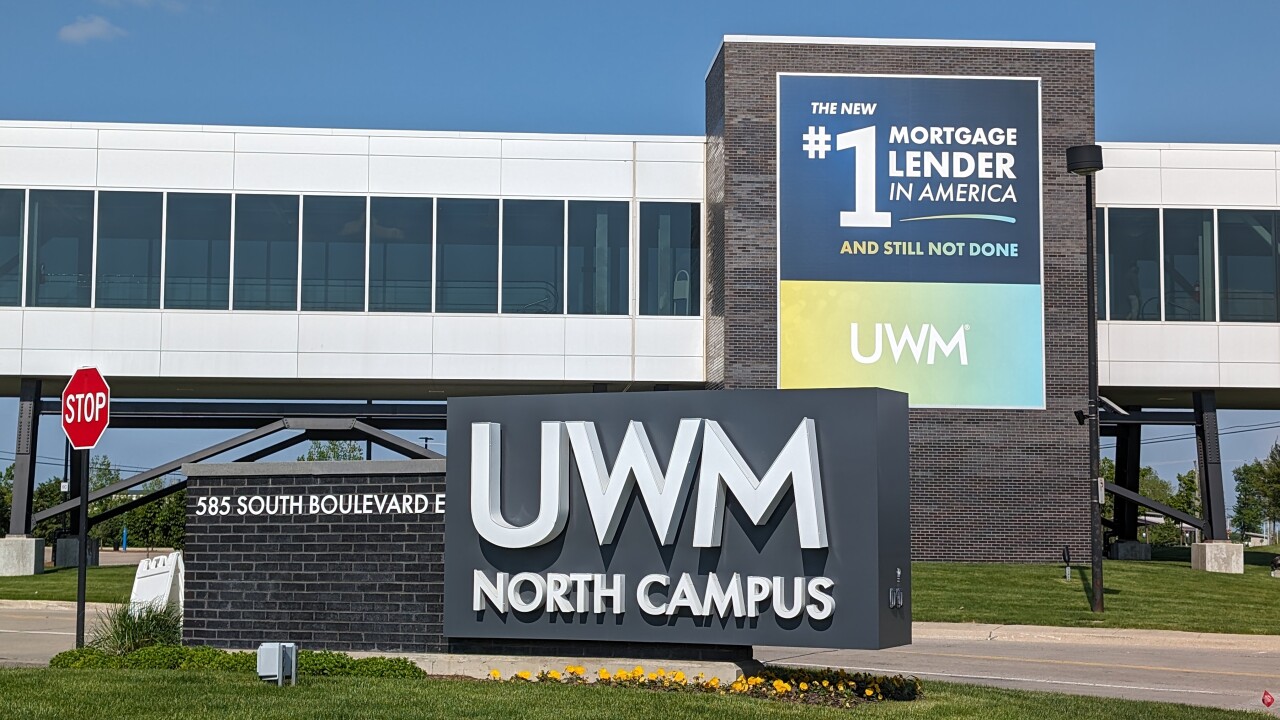Ten industry groups are urging the Consumer Financial Protection Agency to issue a qualified mortgage rule that allows them to adhere to current underwriting standards without fear of litigation.
The trade groups want the bureau to issue what they call a “broadly defined” QM rule so the vast majority of high-quality loans being originated today will be covered by a “safe harbor” making it difficult for consumers to sue lenders.
They also want the
“We believe a board definition of QM with bright-line standards embedded in a legal safe harbor is the only sure means to serve the widest array of qualified borrowers with affordable credit,” according to the joint letter.
The American Bankers Association, American Financial Services Association, Consumer Bankers Association, Community Mortgage Banking Project, Consumer Mortgage Coalition, Credit Union National Association, Housing Policy Council of the Financial Services Roundtable, Independent Community Bankers of America, Mortgage Bankers Association and National Association of Federal Credit Unions signed the Sept. 14 letter.
A few megabanks and consumer groups developed the bright-line test for the QM rule earlier this year. The test allows lenders to approve loans for borrowers with total debt-to-income ratios of 43% or less. For borrowers with higher DTI ratios, there is a waterfall of compensating factors (applicant’s savings, payment history and employment record) the lender can rely on to approve a loan that meets the QM standards.
This bright-line test was designed to be flexible to make credit widely acceptable.
If the megabanks could get the CFPB to adopt a bright-line test, they are willing to accept a “rebuttable presumption” legal standard that makes it easier for borrowers to sue lenders for making a loan they cannot repay.
It is unclear if the 10 trade groups are seeking such a generous bright-line test.
However, the 10 signers of the joint letter want a bright line test and a safe harbor that will make it very difficult for consumers to challenge lenders.
Without a safe harbor, lenders will rely on “conservative credit overlays” to protect themselves from QM litigation, the joint letter says.





